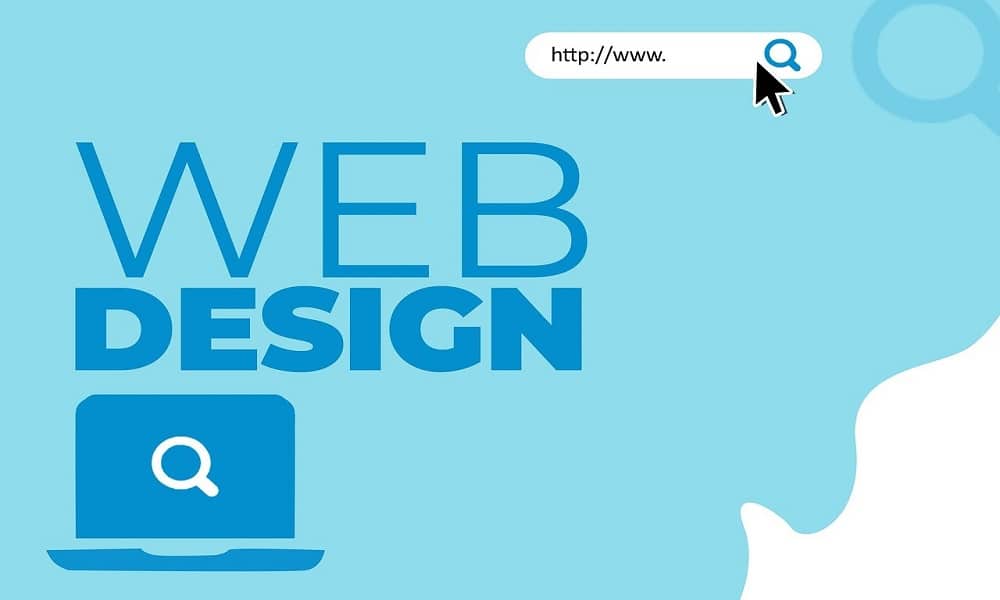It may be tempting to view the relationship between design, SEO, and lead quality as an abstract concept or something that you don’t really need to think too hard about as long as you have a website. That may have even been true ten or fifteen years ago, but we live in a digital-first world now, and your website design holds the key to unlocking SEO rankings and guiding your ideal customers through the sales funnel.
This means that a well-designed website doesn’t just look good, but helps your bottom line revenue. Search engines value design when it comes to ranking websites in the search results, and the structure of your content impacts how people find you and what value they assign to your website. Partnering with a responsive website development company is one way to make sure you get it right.
Design Dictates Crawlability and Indexing
If you know anything about SEO, then you’re aware that search engines like Google utilize bots to crawl through websites. These bots analyze the structure and content of the website to determine how it should rank in search engine results. If your website has a design that makes it difficult for the bots to navigate, you’ll earn yourself a lower rank and end up leaving potential traffic on the table.
What are these bots looking for, exactly? They’re taking into account elements like navigation menus, internal linking, and site hierarchy. These elements are design-driven, but also SEO-critical. If your key content is buried three or four clicks deep or you have to rely on JavaScript to render text, then Google may not even be able to index what you consider to be your most valuable pages.
To have effective design features that are SEO-bot friendly, you should include:
- Clear site hierarchy with logical URL structures
- Proper use of header tags (H1, H2, H3) for content organization
- Internal links to guide both users and bots
- Fast, mobile-friendly layouts that don’t block content with pop-ups or overlays
A responsive design is essential because it ensures that your site adjusts to every device, while also still maintaining a consistent structure that search engines can easily crawl.
Speed and Mobile Optimization: SEO and UX Intertwined
Two of the most important ranking factors used by Google’s algorithm are page speed and mobile usability. Both of these are tied to design. A slow and clunky site will frustrate users and cause them to bounce, which can be a signal to search engines that the content you offer is not valuable or relevant enough.
With mobile-first indexing, Google predominantly uses the mobile version of your site to determine where you appear in the rankings. Even if you have a design that’s good for desktop computers but fails to prioritize their mobile counterparts, your SEO will suffer no matter how strong your content is.
Design choices that improve both speed and SEO include:
- Using lightweight images and efficient formats like WebP
- Avoiding unnecessary plugins or bloated code
- Leveraging asynchronous loading for JavaScript
- Designing with a mobile-first philosophy, including touch-friendly buttons and simplified navigation
These are both technical adjustments and user experience enhancements.
First Impressions Affect Lead Quality
SEO may bring users to your website, but it’s your design that determines whether they stay or take any action. If you have a site that looks outdated, cluttered, or unprofessional, then even a high-quality lead may bounce.
What makes a high-quality lead, exactly? It’s a lead that comes to your website not just to look for information, but also to evaluate your credibility and trustworthiness. You can enhance your lead quality by establishing visual creativity through a clean layout and brand consistency, having clear navigation and user flows, highlighting your value proposition, and presenting clear CTAs.
User Experience = Engagement = Better Rankings
Search engines are known to reward websites that demonstrate specific user engagement metrics. Some of these include time spent on the website, click-through rates, and low bounce rates. Search engines read these as signals that the content on your website is providing value to users, which Google is then incentivized to place higher in the search results.
Here are a few tips on what to focus on if you want your design to come across as thoughtful and created with intention toward driving user engagement.
- Consistent visual hierarchy: Guides website visitors naturally through your content
- Scannable layouts: Break up the text with headings, bullets, and visuals
- Interactive elements: Engage users with videos, sliders, or interactive quizzes
- Accessible design: Make sure everyone, including users with disabilities, is able to navigate your site.
Conversion Pathways and Lead Qualification
The right design doesn’t just increase the number of leads you get, but it also improves their readiness to convert into customers. Your design should help to segment your audience, personalize the offers your potential customers receive, and direct users to take meaningful action toward purchase.
For example, a B2B website might have service pages that offer gated whitepapers to qualify leads, while on the other hand, an e-commerce site might use filters and dynamic recommendations to guide its users to the right product. In both of those scenarios, the design of the site supports user intent and filters out low-quality leads who might not be ready to engage.
Final Thoughts
Design is about more than just colors and fonts. It is a strategic asset that impacts who finds your website, and how they decide to engage with you. If your site isn’t designed with proper SEO, user experience, and lead generation all equally in mind then you’re missing opportunities. Approach your website design with intentionality toward how it will impact SEO and lead quality, and you’ll see a fantastic change in how much revenue your site can bring you.


